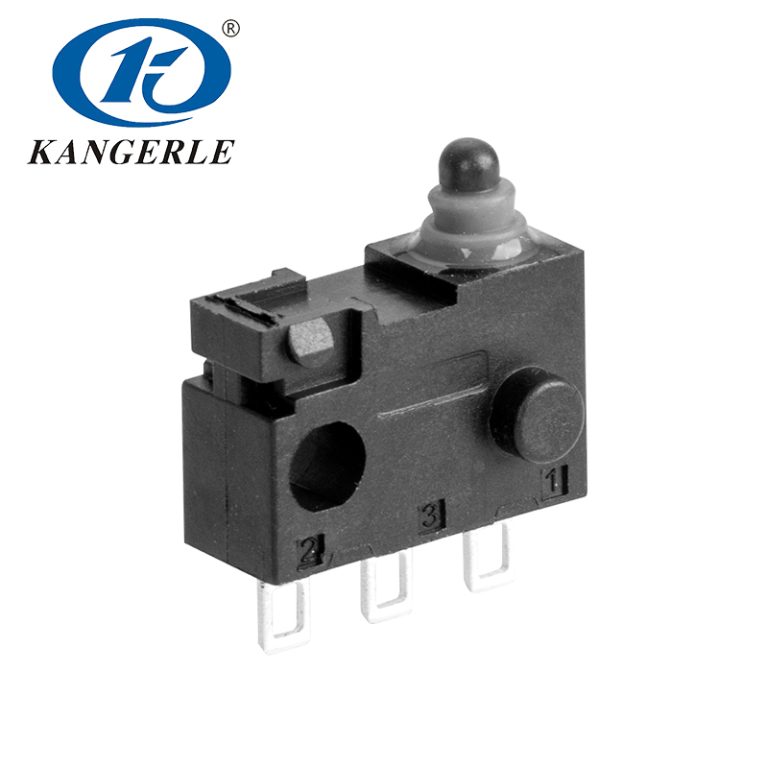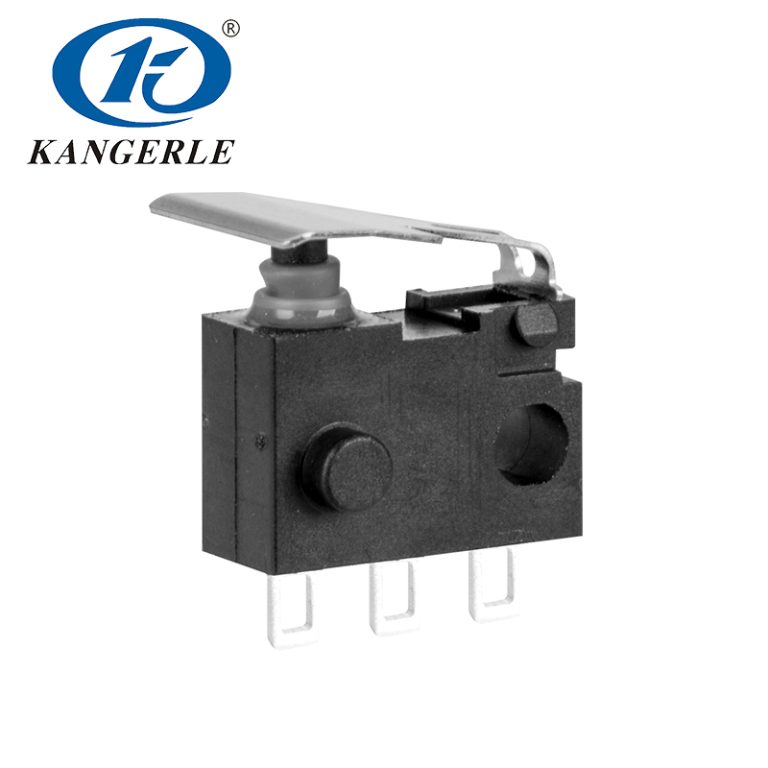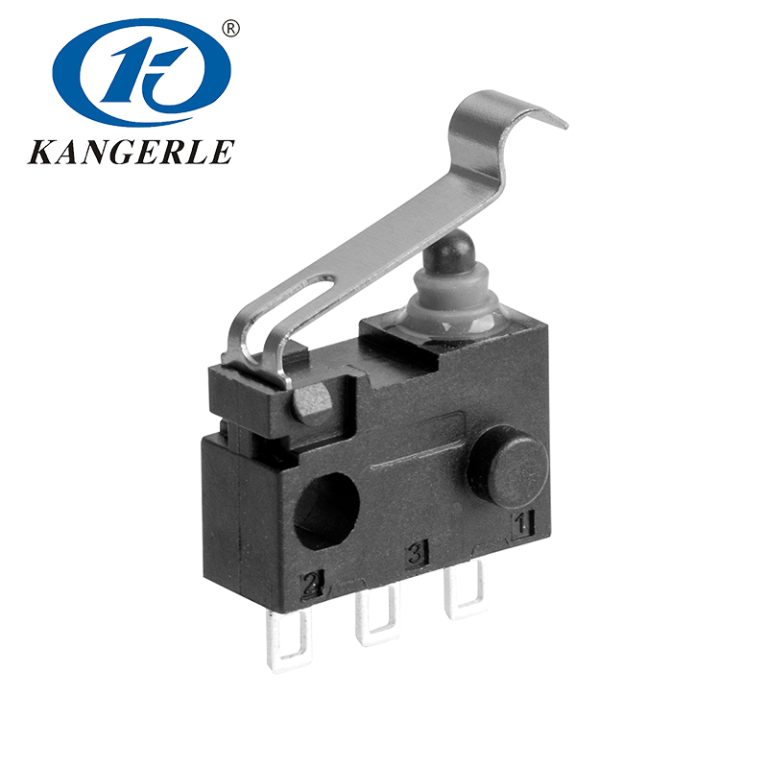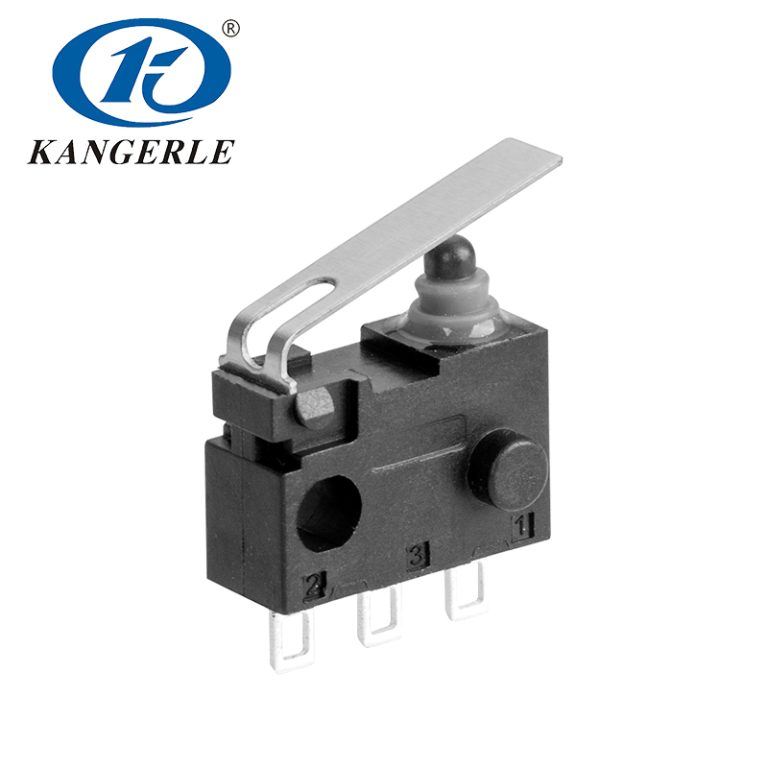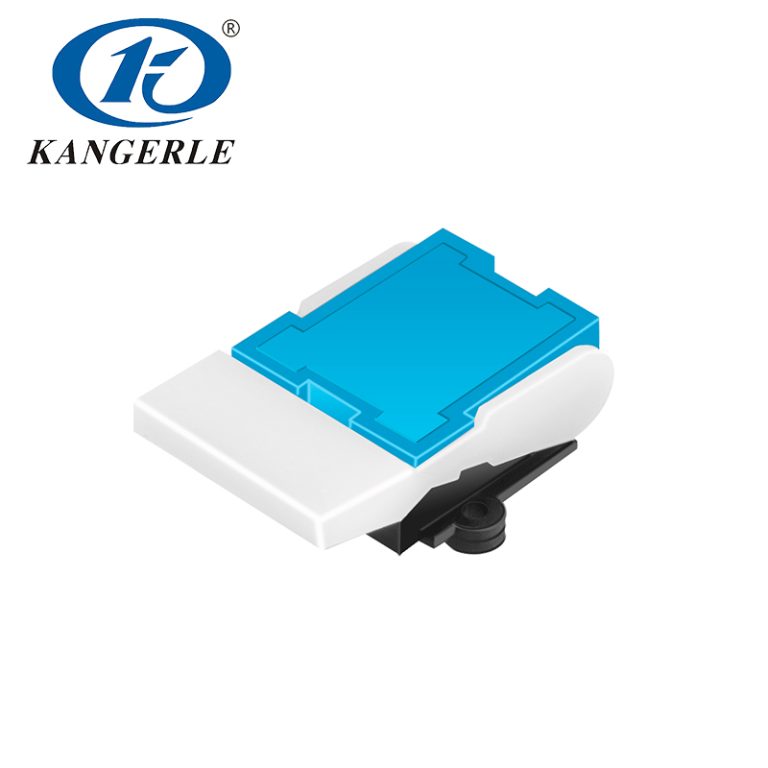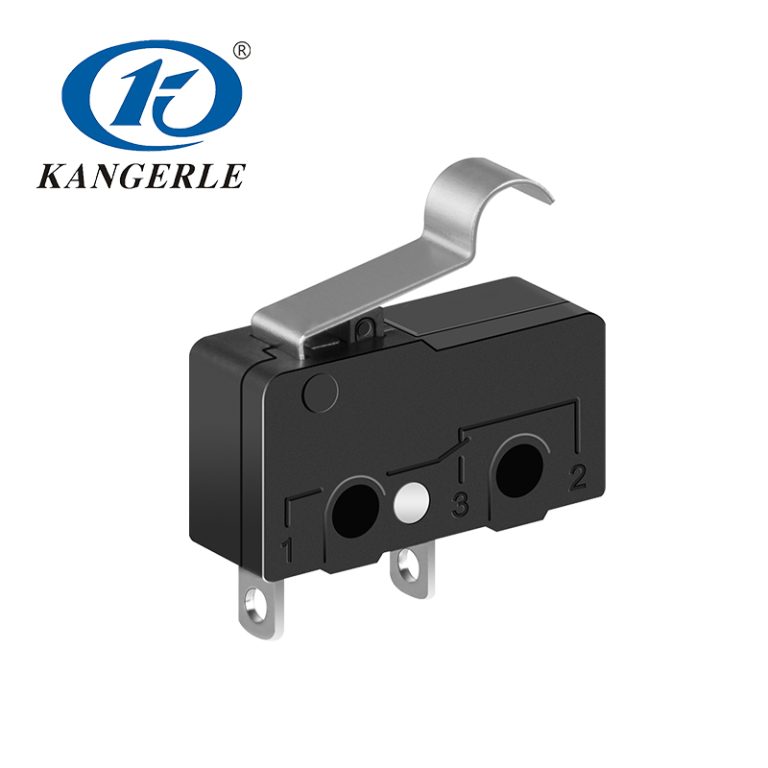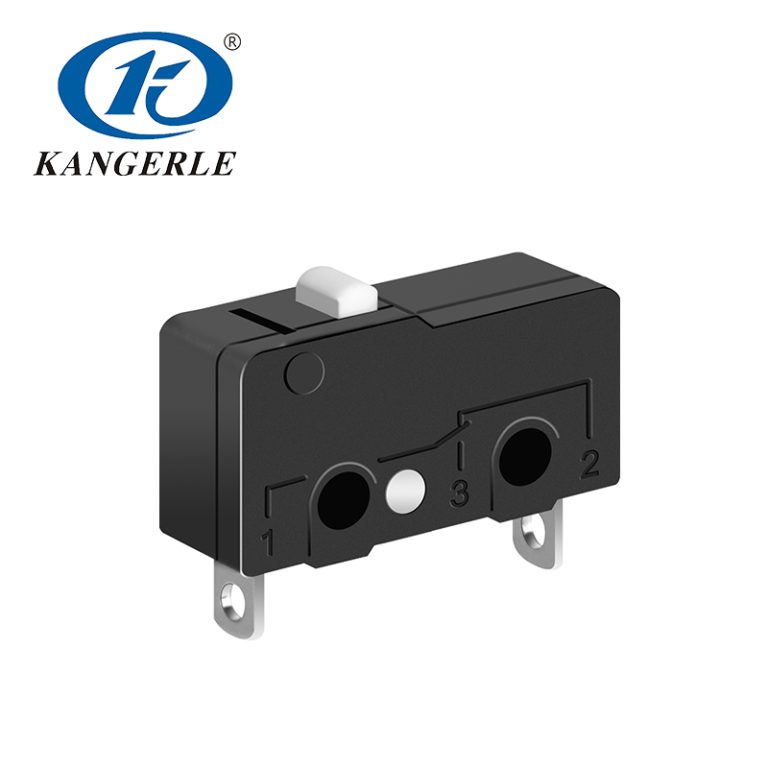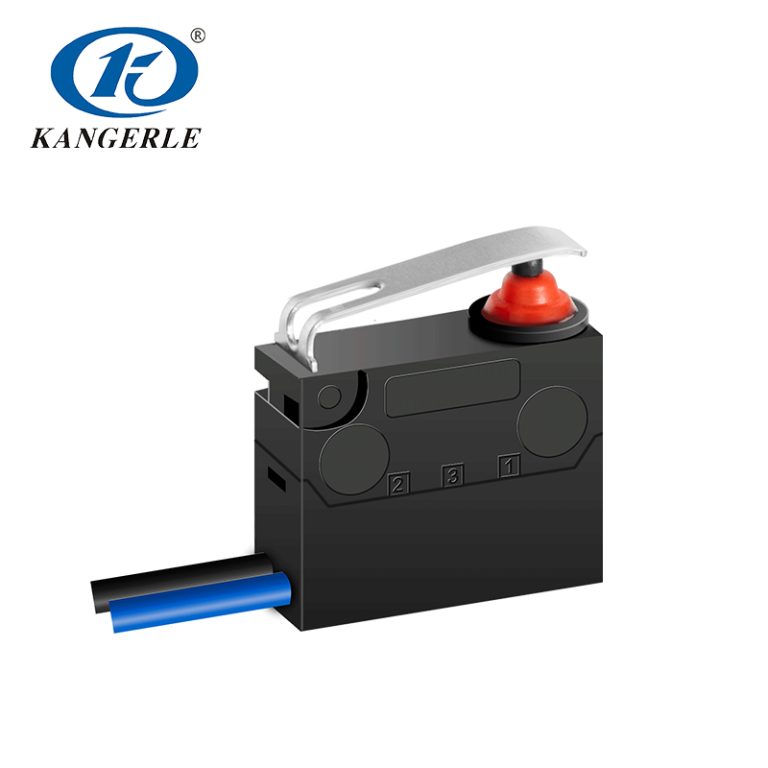
Air conditioner remote controls are key for managing home comfort. Their user interfaces matter a lot. They ensure easy operation. At the heart of these interfaces are parts like tactile switches in air conditioner remote controls and membrane keypads. These parts shape how people use their devices. They affect function, strength, and overall enjoyment. This blog compares the feel, toughness, and affordability of tactile switches versus membrane keypads in AC remotes. It helps buyers and makers choose wisely for great performance.
Understanding Tactile Switches in Air Conditioner Remote Controls
What Are Tactile Switches?
Tactile switches are small, mechanical parts. They give a clear “click” when pressed. In air conditioner remotes, they act as buttons for tasks like power, temperature changes, or mode picks. Their design ensures exact action. This makes them dependable for frequent use.
- Key Traits:
- Clear touch feedback with a physical click.
- Great strength, often lasting for millions of presses.
- Small and flexible for user-friendly remote designs.
Why Tactile Switches Shine in AC Remotes
Tactile switches in air conditioner remote controls are prized for their quick response and long life. They offer physical feedback that confirms user inputs. This is vital for easy use. For example, products like the 3×5 Smile Series Tact Switch have small designs. They suit sleek, modern remotes while keeping strong performance.
Exploring Membrane Keypads in Air Conditioner Remote Controls
What Are Membrane Keypads?
Membrane keypads are made of layered materials. They detect input when pressure is applied. They are common in AC remotes for their flat, light design. They also support printed graphics. However, their feedback and toughness differ a lot from tactile switches.
- Key Traits:
- Thin, bendable structure with few moving parts.
- Easy to customize with printed icons or labels.
- Affordable for large-scale production.
Benefits of Membrane Keypads
Membrane keypads have a slim, stylish look. They are light, which suits budget-friendly AC remotes. Their simple build allows many functions to fit in. But their quality in tough conditions raises concerns about long-term dependability.
Tactile Switches vs. Membrane Keypads: A Detailed Comparison
Let’s compare tactile switches in air conditioner remote controls and membrane keypads. We’ll look at key factors to find which is better for air conditioner remotes.
| Factor | Tactile Switches | Membrane Keypads |
| Touch Feedback | Gives a clear click. Users feel confident their input works. | Soft, weak feedback. It often needs visual or sound cues. |
| Toughness | Lasts for millions of presses. Resists wear (e.g., Sink Plate Series Tact Switch). | Likely to wear out. Lifespans are often under 1 million presses. |
| Affordability | Moderate starting cost. Saves money over time due to strength. | Cheaper at first. But needs replacing more often. |
| Condition Resistance | Often dustproof and waterproof. Great for damp places. | Prone to water and dust damage. This can cause failures. |
| User Enjoyment | Easy for all users, including those with vision or hand issues. | Less clear, especially in dim light or heavy use. |
| Design Options | Small but a bit bulkier than membrane keypads. | Very thin. Allows sleek, flat designs with printed graphics. |
Touch Feedback: Boosting User Trust
Tactile switches in air conditioner remote controls give instant, physical feedback. This ensures users know their commands are recorded. It’s very helpful for repeated tasks like setting temperature or fan speed. Membrane keypads, however, have softer feedback. It can feel unclear. This may cause accidental presses, especially in low light.
Toughness: Long Life in Tough Settings
Air conditioner remotes are used often. They face humidity, dust, or spills. Tactile switches, like those in the Side Button B Series Tact Switch, are built for toughness. Many have waterproof and dustproof features. Membrane keypads are less sturdy. Their layered build can break down over time. This is especially true in damp climates, leading to buttons that don’t work.
Affordability: Weighing Short and Long-Term Costs
Membrane keypads cost less at first. But their shorter life means more repair or replacement costs. Tactile switches may cost more upfront. Yet, their long life makes them cheaper over time. For makers, using tactile switches from KANGERLE’s Tact Switch product line can cut warranty issues. It also boosts brand trust.
User Enjoyment and Ease
Tactile switches suit a wide audience. They help elderly users or those with vision problems. Their clear click doesn’t need visual checks. Membrane keypads, though, need exact pressure and visual cues. This makes tactile switches a more welcoming choice for AC remote designs.
Pros and Cons Summary
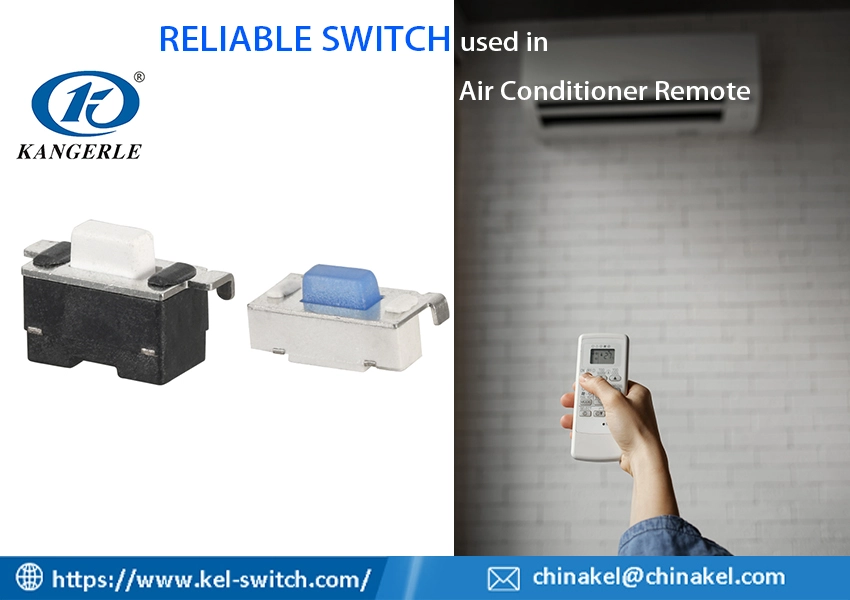
Tactile Switches
- Pros:
- Better touch feedback for confident use.
- Great toughness, even in harsh settings.
- Affordable over the long term.
- Cons:
- Slightly higher starting cost.
- Bulkier than membrane keypads.
Membrane Keypads
- Pros:
- Low starting cost and light design.
- Flexible for printed graphics and flat looks.
- Cons:
- Weak toughness and condition resistance.
- Poor feedback, lowering user trust.
About KANGERLE: Your Trusted Tactile Switch Manufacturer
KANGERLE is a top maker of high-quality tactile switches. They deliver new solutions for smart devices. Based in Zhejiang, China, KANGERLE focuses on crafting tough, dependable, and flexible tactile switches for uses like air conditioner remotes. They value precision and quality. Their products are trusted by global brands for their quality and long life. Visit KANGERLE’s homepage to explore their offerings.
FAQs About Tactile Switches in Air Conditioner Remote Controls
Q1. Why are tactile switches chosen for air conditioner remote controls?
A1. Tactile switches in air conditioner remote controls give dependable, physical feedback. Users can confirm commands without visual or sound cues. Their toughness suits frequent use.
Q2. How do tactile switches in air conditioner remote controls compare to membrane keypads for lifespan?
A2. Tactile switches often last for millions of presses. They offer better longevity than membrane keypads. The latter may wear out sooner due to material wear.
Q3. Are tactile switches in air conditioner remote controls resistant to humidity?
A3. Yes, many tactile switches have waterproof and dustproof features. They work well in damp settings. Membrane keypads are more likely to suffer water damage.
Q4. Do tactile switches in air conditioner remote controls improve ease of use?
A4. Definitely. Tactile switches provide a clear, physical click. They help people with vision issues or weak hands. Membrane keypads need precise pressure, which can be harder.
Call to Action: Improve Your Air Conditioner Remote Experience
Picking the right interface for your air conditioner remote can boost its quality and user joy. Tactile switches in air conditioner remote controls offer unmatched feedback, toughness, and affordability. They are the better choice for buyers and makers. Ready to add high-quality tactile switches to your products? Discover tailored solutions for your smart home devices.

